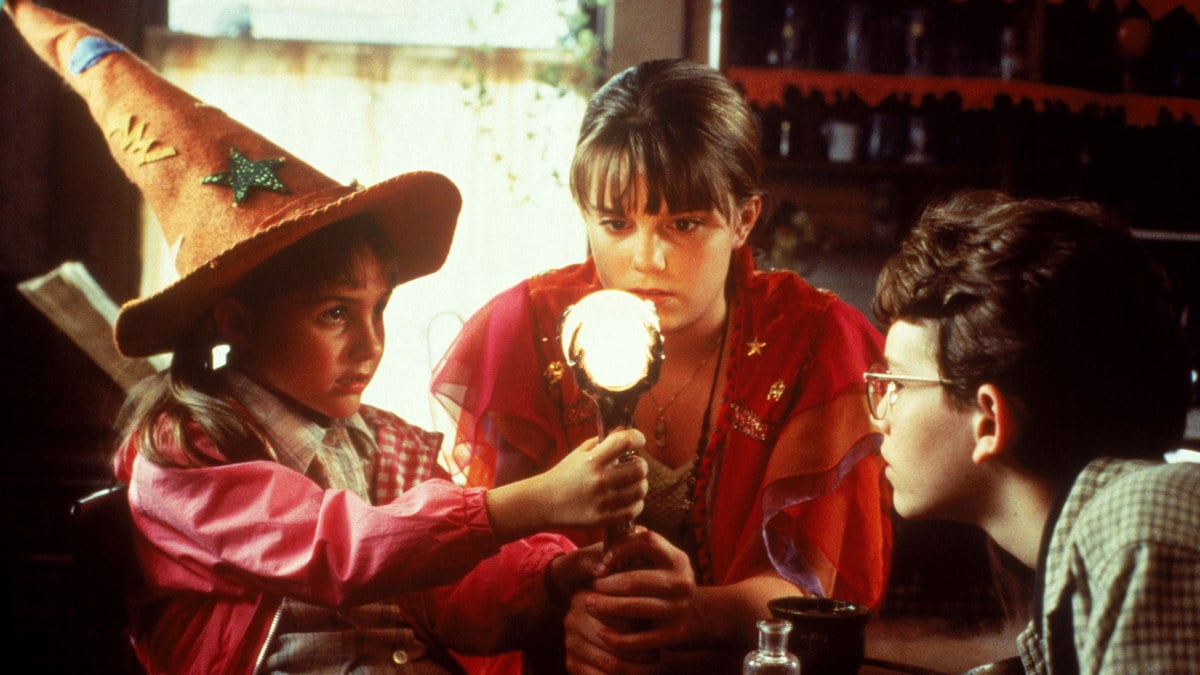‘Halloweentown’: The Magic Behind 25 Years of the Disney Channel Original Movie’s Fandom
NOSTALGIA
“Being normal is vastly overrated.” How one of the earliest Disney Channel Original Movies came to be—and birthed a devoted fan base who cherish it still today more than ever.






